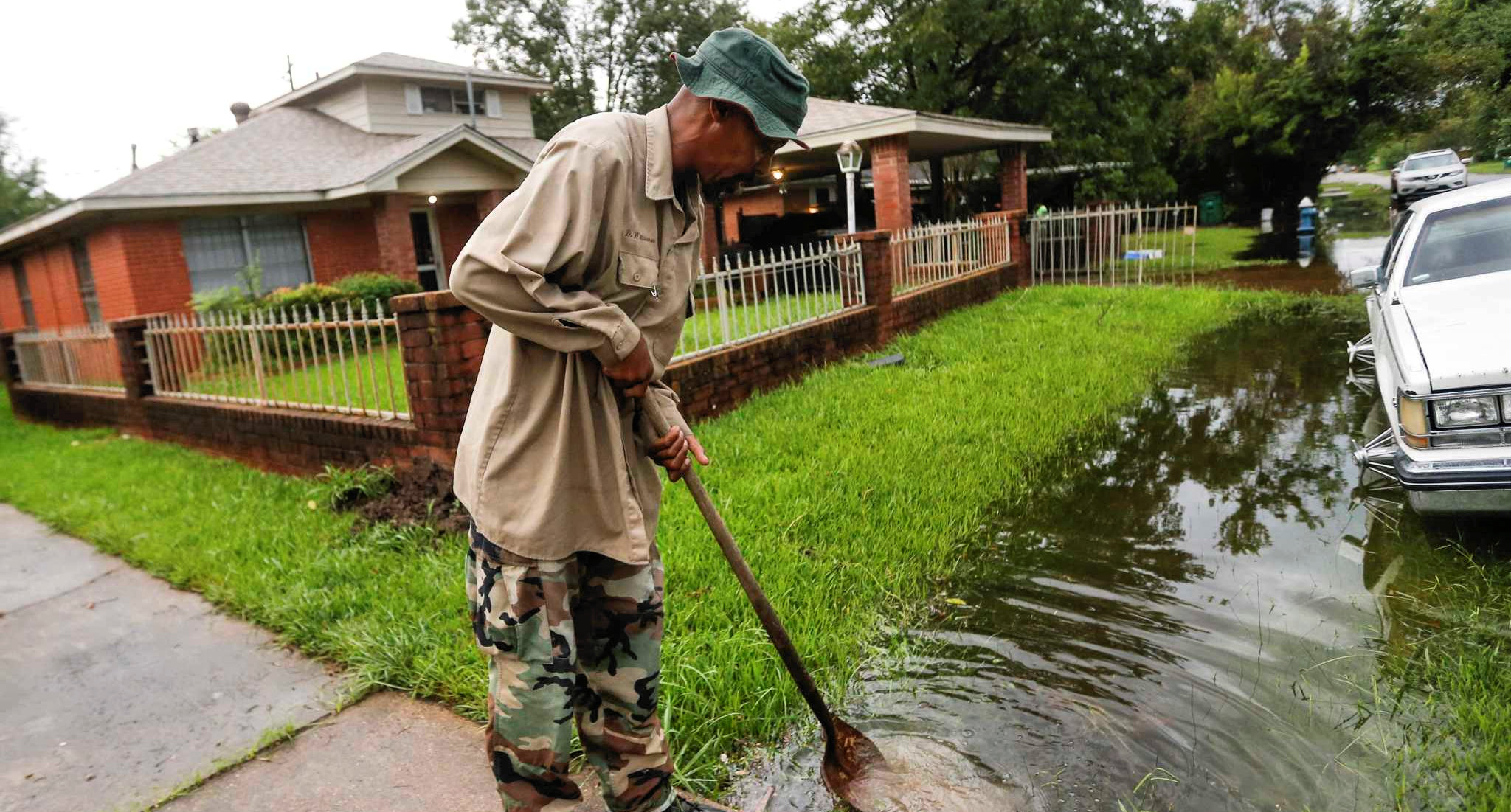Dumping over 40 inches of rain in 72 hours, Tropical Storm Imelda wreaked havoc across southeast Texas in September of this year. The resulting floods from the storm left thousands stranded and vulnerable, and five individuals were killed.
Officially declared a state of emergency on October 1, 2019, weather forecasting organisation ‘Accuweather’ anticipates the storm’s total financial impact in the coming years to be nearly $8 billion dollars; which takes into account agricultural losses, damages to public infrastructure, home and business damages, and lost wages. The organization also attributes part of the financial burden to be caused by “lingering health effects resulting from flooding and the possible disease caused by standing water.”
Infectious disease specialist, Dr. Laila Woc-Colburn, would agree. Speaking recently with the Houston Chronicle, Dr. Woc-Colburn asserted that hurricanes and tropical storms, “facilitate the spread of infectious pathogens through population displacement, flooding, and trauma.” Regularly seeing patients up to 12 months after a tropical storm, Dr. Woc-Colburn advises those in the affected areas to be aware of bacteria lurking in standing water, and to properly air out houses that have endured any kind of flooding. In many cases, it is also wise to have homes checked by an external service like Mold Inspection & Testing Houston.
The Perfect Storm: The Hidden Risk of Hurricanes and Tropical Cyclones
After the heavy rain, high winds, and flooding settles, it can be easy to think that the danger is over as well. However, this could not be further from the truth. Exposure to standing water, even small puddles, could potentially put people at risk of incurring a number of fungal and bacterial infections including staph, vibrio, and Leptospira.
According to Dr. Woc-Colburn, those with the greatest risk of contracting a serious infection are people who already have open scrapes or wounds on the skin. Additionally, other vulnerable populations such as young children, women who are pregnant, elderly individuals, and those suffering from chronic conditions are also at a heightened risk.
Getting Checked: Mold Inspection & Testing Houston
Standing water in puddles, streams, and flooded areas are not the only places people should be wary of in the months after a mass flooding. It can also be very dangerous inside houses and businesses. Even if the structure received less than an inch of flooding, it is still important to air out drywall and make sure that there are no places inside with standing water. It is also a good idea to have the house double checked by an inspection service, as this can drastically curb the risk of health complications caused by mold or bacteria.
Common Symptoms With Dangerous Outcomes
Even if the house has been checked by a service like Mold Inspection and Testing Houston, it is still important to understand the symptoms associated with a bacterial infection like staph or vibrio – just in case.
Typical signs of early infection are similar to experiencing the common flu. Fever, fatigue, muscle-aches, chills, vomiting and redness of the skin are all classic symptoms. For people who have just gone through a flood and are experiencing flu-like symptoms, it is best to just go ahead and see a doctor to double check that it is nothing serious. For most bacterial infections, a full recovery is likely as long as it is treated early. If the infection is left unattended for too long though, the problem can become very serious very quickly. Amputations are sometimes necessary, and in very severe cases, infections can cause death.





